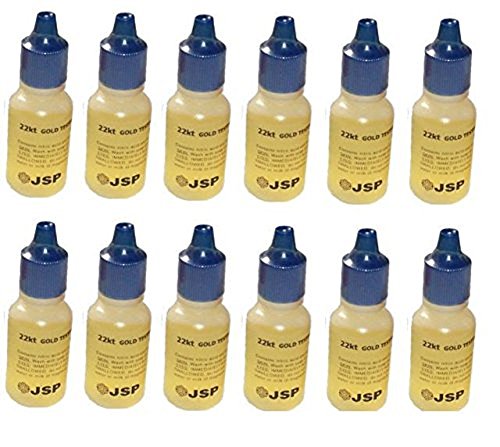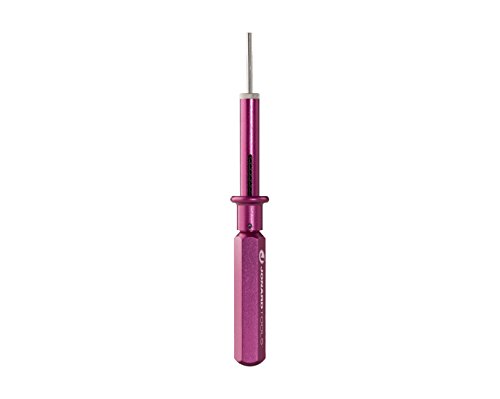I was expecting a little more but I also thought I had 2 more #'s of chips than I actually had. So my yield was really spot on for the actual amount I had. This button has been picked up already and another roughly 12#'s of ceramics dropped off.
Tyler
Tyler























![[5-Yrs Free Data Recovery] Gigastone 256GB Micro SD Card, 4K Game Pro, MicroSDXC Memory Card for Nintendo-Switch, GoPro, Action Camera, DJI, UHD Video, R/W up to 100/60MB/s, UHS-I U3 A2 V30 C10](https://m.media-amazon.com/images/I/41c2At+bojL._SL500_.jpg)





















































